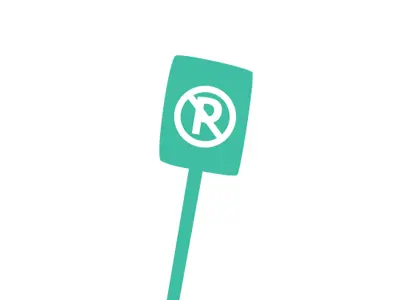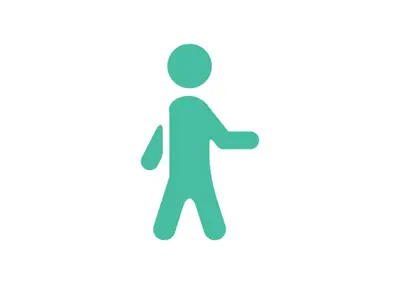In Alberta, e-scooter rules vary depending on where you live and whether you're riding a shared or a privately-owned device. Some municipalities have exemptions from the Traffic Safety Act to allow the use of shared e-scooters. Private e-scooter use is still largely prohibited in Alberta, except for on private property. In the RMWB, the provincial Traffic Safety Act prohibits all e-scooter use on streets, highways and sidewalks. There are no exemptions. The municipality has no authority to allow the use of e-scooters on roadways and sidewalks. The Province is exploring amending the Traffic Safety Act to accommodate the daily use of personal e-scooters, but amendments have not been approved yet.
The Municipal Road and Transportation Bylaw incorporates provincial Traffic Safety Act laws on e-scooters and clarifies rules to support education and compliance.






